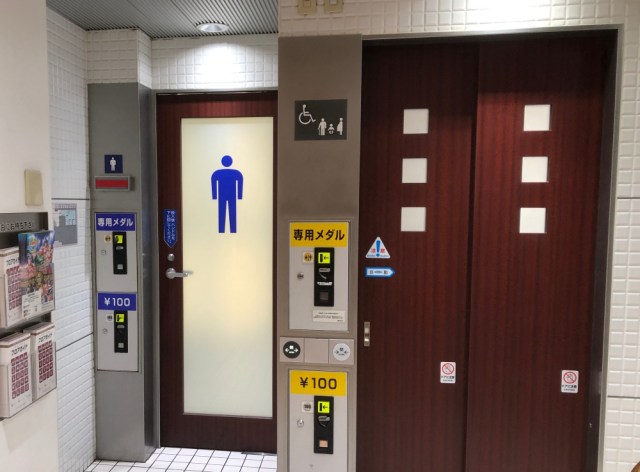
Find out why some toilets come with an entry fee.
Just the other week, our Japanese-language reporter Yuichiro Wasai was making his way home through Ikebukuro Station when he stumbled upon a fancy pay-to-use toilet called Prime Toilettes.
The luxury experience piqued his curiosity about the whole pay-to-use toilet system, so when he found himself at Tokyo Station last week, he decided to see if they also offered the same type of exclusive public toilet on their premises.
After enquiring at the information desk he was directed to Kitchen Street, which is known for its large cluster of restaurants, and, as it turns out, a couple of pay toilets as well.
Having already familiarised himself with the system at Ikebukuro, Yuichiro reached into his pocket and took out a 100-yen (US$0.91) coin.
He slid the coin into the machine, which then allowed him to turn the handle and step inside the previously locked restroom.
▼ It was quiet and clean – the perfect place to squeeze out a stubborn number two.
▼ Each cubicle was equipped with a baby chair, which is a godsend for parents.
▼ The urinals were modern and spotless.
▼ And though the washbasins were a little outdated, they were still clean, with automatic taps.
While it was a nice bathroom, it wasn’t as spectacular as the Prime Toilettes, but these pay toilets weren’t offering users a luxury experience. So why would people pay to use them? Were the free-to-use toilets really that bad? With those questions in mind, Yuichiro headed to the regular public toilets, which were so close to these ones it took him less than 27 seconds to get there.
Yuichiro didn’t have to hand over a single yen to use these toilets, which was strange, seeing as they had a far more inviting entrance than the pay-to-use ones.
▼ Inside, they looked more modern as well.
The only real difference, apart from the tiles, was the fact that the washlet panel for the toilet was located by the seat instead of on the wall.
There was also this notice pasted inside the cubicles, which asked users to refrain from leaving hypodermic needles behind.
After walking away from this restroom, it took Yuichiro another 30 seconds before he came across another free public toilet.
▼ This one looked even better than the other two.
Curious to find out why Tokyo Station offered both free and pay-to-use toilets when there wasn’t much of a difference between them, Yuichiro sent an email off to staff asking them that very question.
It didn’t take them long to reply, and in their email they mentioned that the pay toilets, which were installed in 1989, were being offered by the operators of Kitchen Street as an extra special level of service. At times when other toilets at the station are busy or occupied, there’s a higher chance that there’ll be a free stall in a pay-to-use toilet, and if people are concerned about cleanliness in regular restrooms at the station, they can always opt to use the less-frequented (and therefore cleaner) pay toilets.
That all made perfect sense to Yuichiro, and now that he knows he has a good chance of having an entire bathroom at Tokyo Station all to himself in return for 100 yen, he’ll be heading back to Kitchen Street soon. After all, it’s not far from the station souvenir stores selling all his favourite limited-edition chocolates.
Photos © SoraNews24

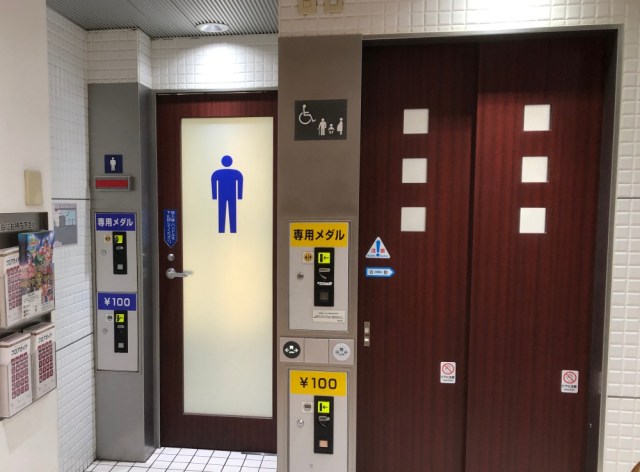
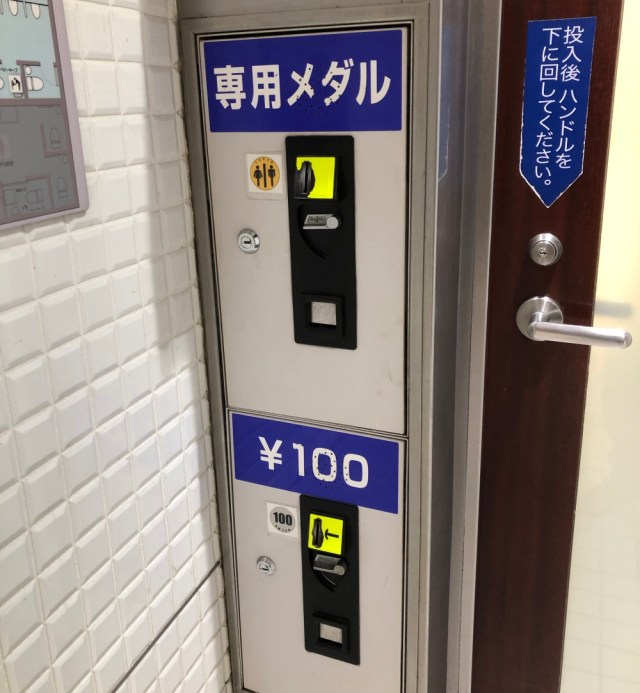

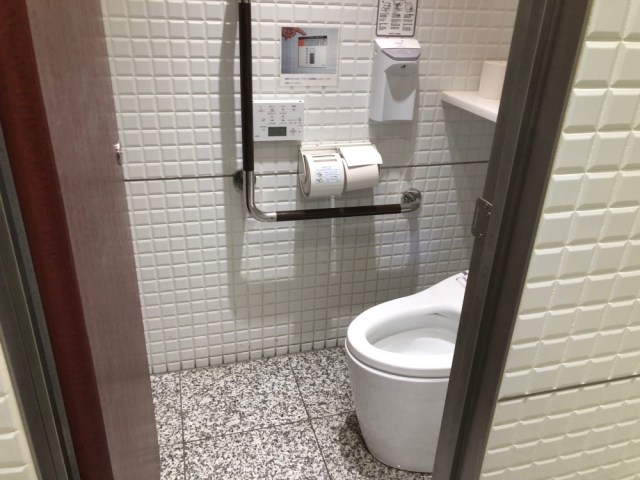
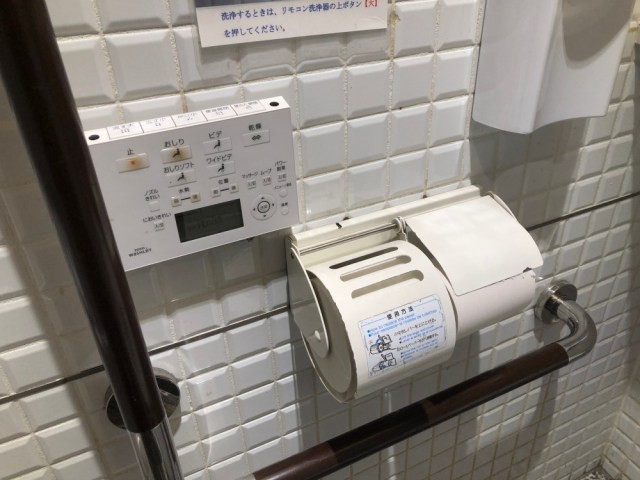
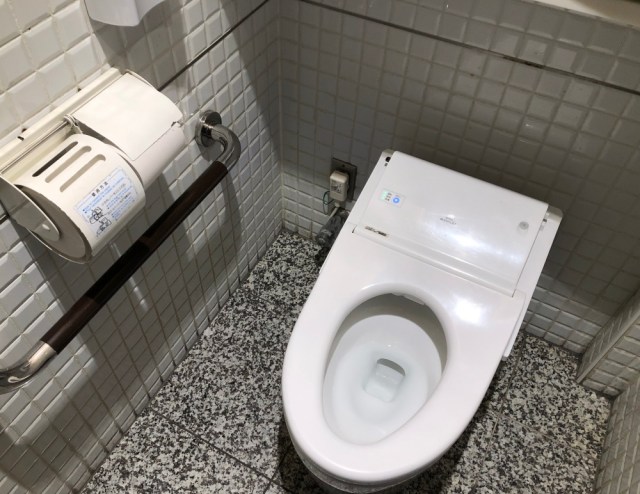
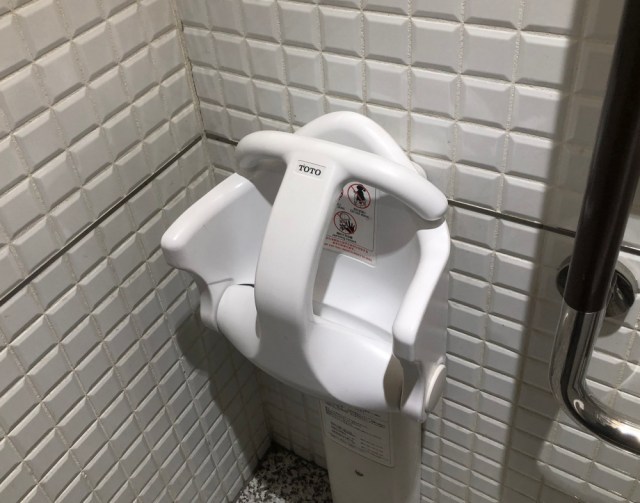
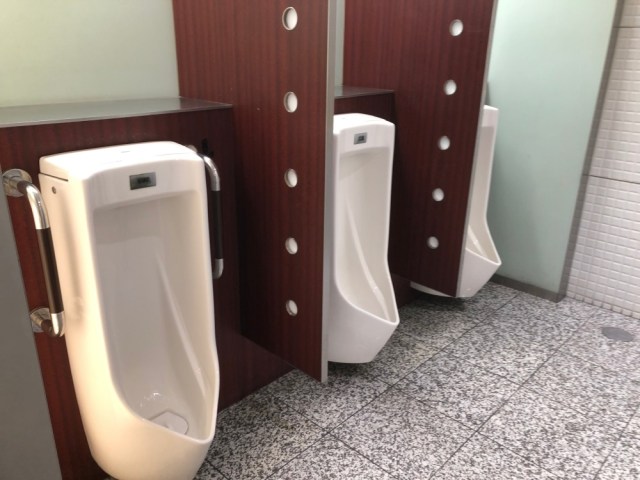
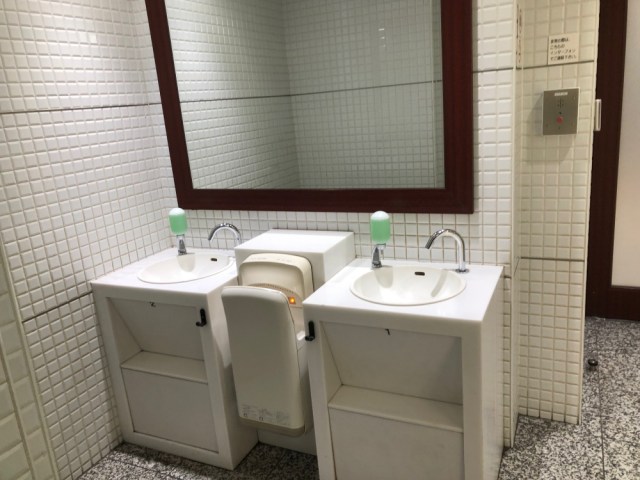
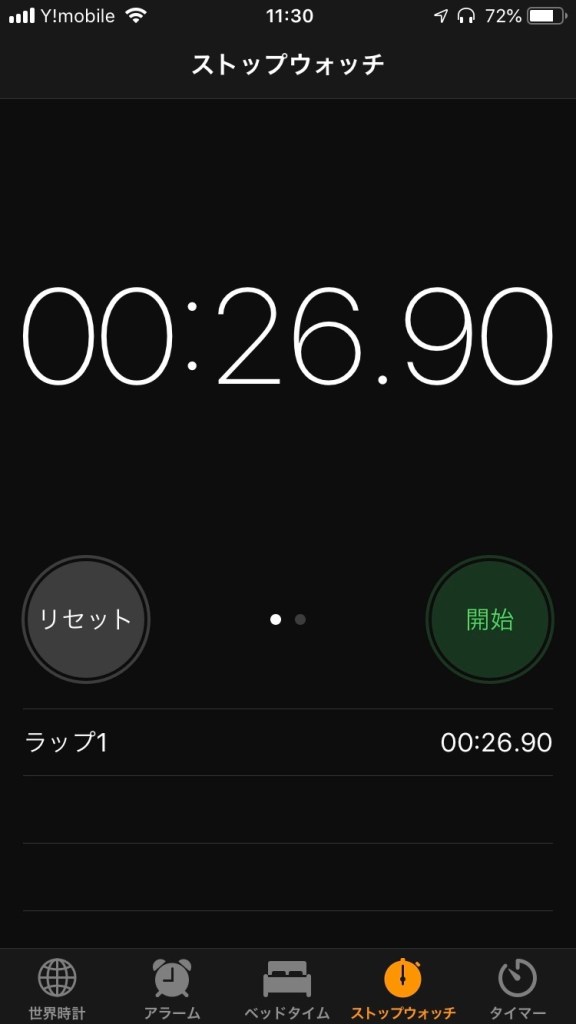
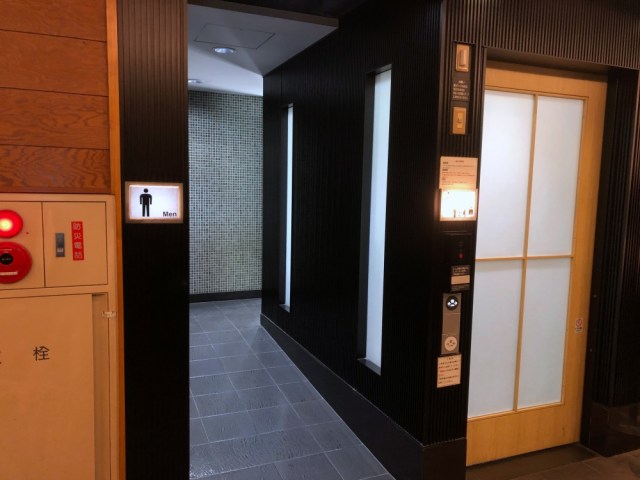
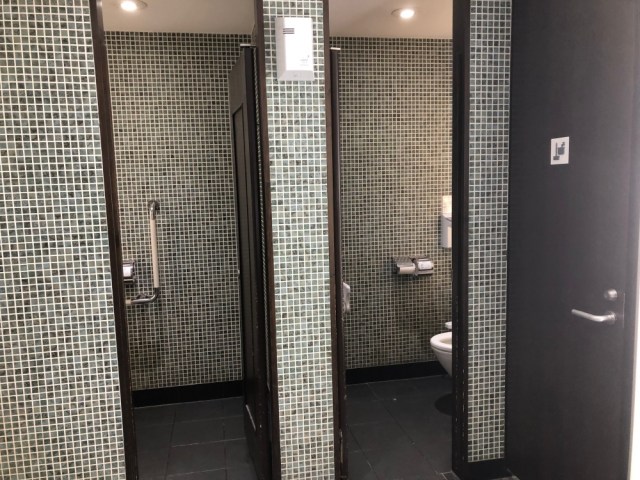
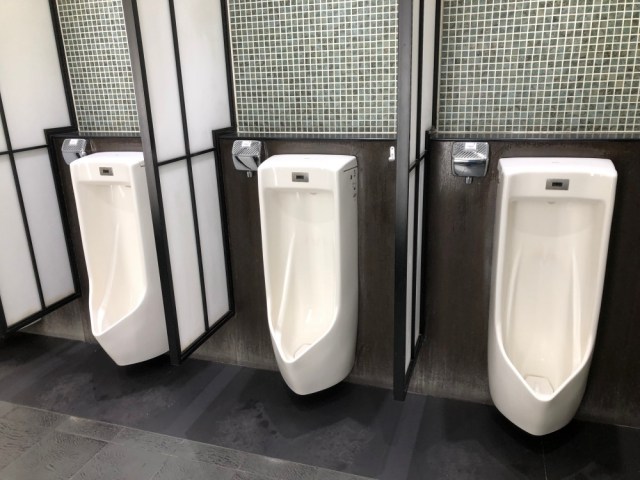
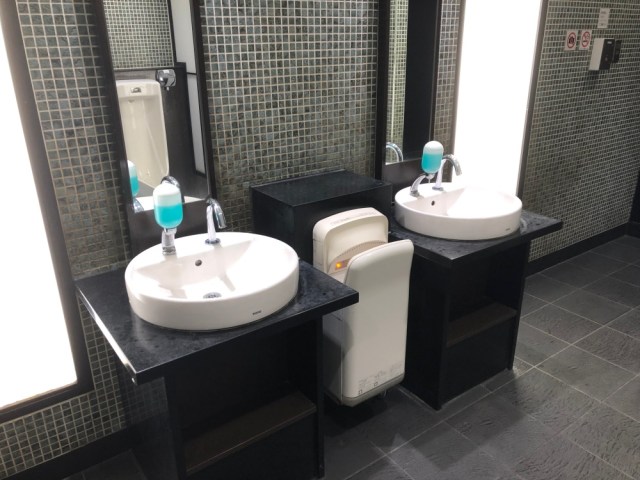
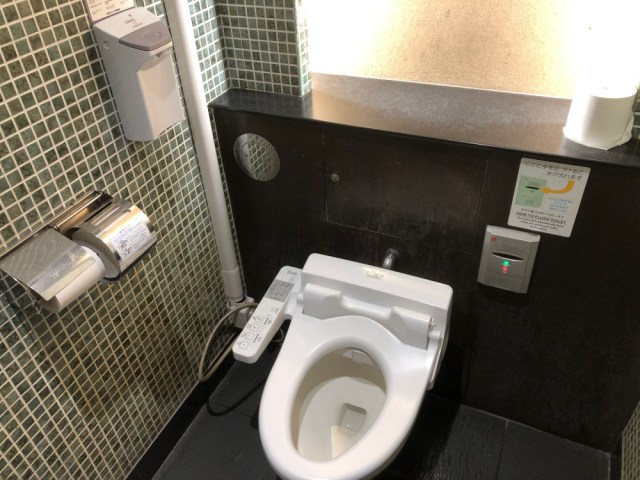
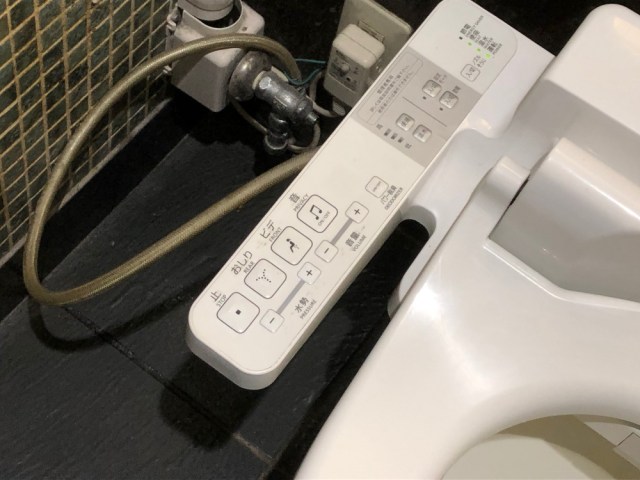
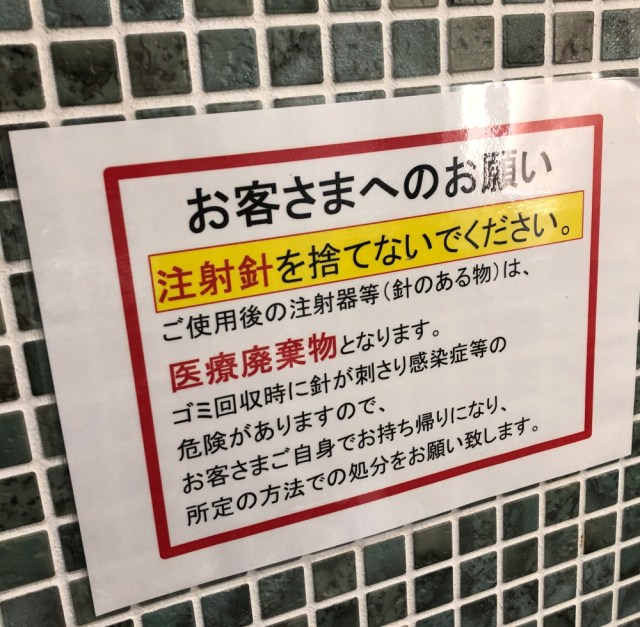
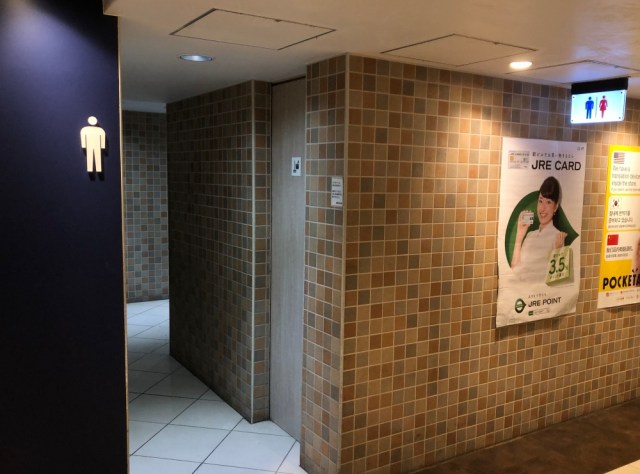
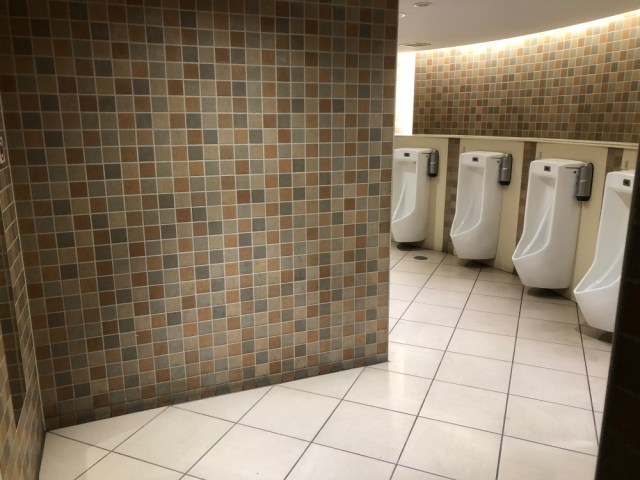
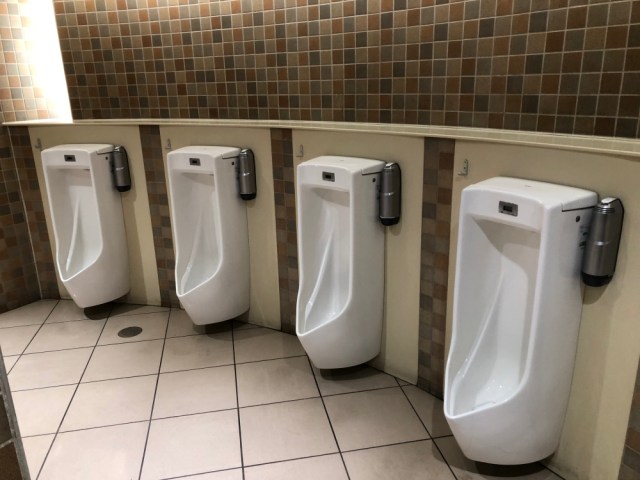
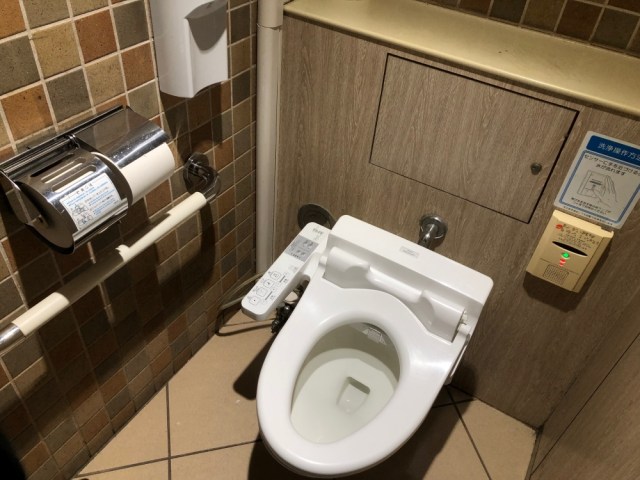

 You can go surprisingly far on a single train leaving from Tokyo Station
You can go surprisingly far on a single train leaving from Tokyo Station A daddy/daughter test of the free baby meals at Japan’s biggest soup restaurant chain【Taste test】
A daddy/daughter test of the free baby meals at Japan’s biggest soup restaurant chain【Taste test】 These beautiful flower arrangements are actually desserts from Tokyo Station
These beautiful flower arrangements are actually desserts from Tokyo Station We visit Tokyo’s new all-plant-based cafe “Komeda Is □”
We visit Tokyo’s new all-plant-based cafe “Komeda Is □” Squat toilets’ popularity fading as parents call for them to be abolished in Japanese schools
Squat toilets’ popularity fading as parents call for them to be abolished in Japanese schools Japanese city loses residents’ personal data, which was on paper being transported on a windy day
Japanese city loses residents’ personal data, which was on paper being transported on a windy day Japan’s summertime towelket pillowcases are even better with the addition of Ghibli stars【Photos】
Japan’s summertime towelket pillowcases are even better with the addition of Ghibli stars【Photos】 Seaside scenery, history, and so many desserts on Yokohama’s Akai Kutsu【Japan Loop Buses】
Seaside scenery, history, and so many desserts on Yokohama’s Akai Kutsu【Japan Loop Buses】 Akihabara pop-up shop sells goods made by Japanese prison inmates
Akihabara pop-up shop sells goods made by Japanese prison inmates Red light district sushi restaurant in Tokyo shows us just how wrong we were about it
Red light district sushi restaurant in Tokyo shows us just how wrong we were about it Osaka governor suggests lowering voting age to 0 to curb population decline
Osaka governor suggests lowering voting age to 0 to curb population decline Ghibli Park now selling “Grilled Frogs” from food cart in Valley of Witches
Ghibli Park now selling “Grilled Frogs” from food cart in Valley of Witches Harajuku Station’s beautiful old wooden building is set to return, with a new complex around it
Harajuku Station’s beautiful old wooden building is set to return, with a new complex around it Do Hi-Chew-flavor Hi-Chews have a reason to exist?【Taste test】
Do Hi-Chew-flavor Hi-Chews have a reason to exist?【Taste test】 Foreigner’s request for help in Tokyo makes us sad for the state of society
Foreigner’s request for help in Tokyo makes us sad for the state of society McDonald’s new Happy Meals offer up cute and practical Sanrio lifestyle goods
McDonald’s new Happy Meals offer up cute and practical Sanrio lifestyle goods Japanese ramen restaurants under pressure from new yen banknotes
Japanese ramen restaurants under pressure from new yen banknotes French Fries Bread in Tokyo’s Shibuya becomes a hit on social media
French Fries Bread in Tokyo’s Shibuya becomes a hit on social media Studio Ghibli releases new action figures featuring Nausicaä of the Valley of the Wind characters
Studio Ghibli releases new action figures featuring Nausicaä of the Valley of the Wind characters New private rooms on Tokaido Shinkansen change the way we travel from Tokyo to Kyoto
New private rooms on Tokaido Shinkansen change the way we travel from Tokyo to Kyoto Tokyo Tsukiji fish market site to be redeveloped with 50,000-seat stadium, hotel, shopping center
Tokyo Tsukiji fish market site to be redeveloped with 50,000-seat stadium, hotel, shopping center Beautiful Ghibli sealing wax kits let you create accessories and elegant letter decorations【Pics】
Beautiful Ghibli sealing wax kits let you create accessories and elegant letter decorations【Pics】 Studio Ghibli releases Kiki’s Delivery Service chocolate cake pouches in Japan
Studio Ghibli releases Kiki’s Delivery Service chocolate cake pouches in Japan New definition of “Japanese whiskey” goes into effect to prevent fakes from fooling overseas buyers
New definition of “Japanese whiskey” goes into effect to prevent fakes from fooling overseas buyers Our Japanese reporter visits Costco in the U.S., finds super American and very Japanese things
Our Japanese reporter visits Costco in the U.S., finds super American and very Japanese things All-you-can-drink Starbucks and amazing views part of Tokyo’s new 170 meter-high sky lounge
All-you-can-drink Starbucks and amazing views part of Tokyo’s new 170 meter-high sky lounge More foreign tourists than ever before in history visited Japan last month
More foreign tourists than ever before in history visited Japan last month New Pokémon cakes let you eat your way through Pikachu and all the Eevee evolutions
New Pokémon cakes let you eat your way through Pikachu and all the Eevee evolutions Disney princesses get official manga makeovers for Manga Princess Cafe opening in Tokyo
Disney princesses get official manga makeovers for Manga Princess Cafe opening in Tokyo Sales of Japan’s most convenient train ticket/shopping payment cards suspended indefinitely
Sales of Japan’s most convenient train ticket/shopping payment cards suspended indefinitely Sold-out Studio Ghibli desktop humidifiers are back so Totoro can help you through the dry season
Sold-out Studio Ghibli desktop humidifiers are back so Totoro can help you through the dry season Japanese government to make first change to romanization spelling rules since the 1950s
Japanese government to make first change to romanization spelling rules since the 1950s Ghibli founders Toshio Suzuki and Hayao Miyazaki contribute to Japanese whisky Totoro label design
Ghibli founders Toshio Suzuki and Hayao Miyazaki contribute to Japanese whisky Totoro label design Doraemon found buried at sea as scene from 1993 anime becomes real life【Photos】
Doraemon found buried at sea as scene from 1993 anime becomes real life【Photos】 Tokyo’s most famous Starbucks is closed
Tokyo’s most famous Starbucks is closed One Piece characters’ nationalities revealed, but fans have mixed opinions
One Piece characters’ nationalities revealed, but fans have mixed opinions We asked a Uniqlo employee what four things we should buy and their suggestions didn’t disappoint
We asked a Uniqlo employee what four things we should buy and their suggestions didn’t disappoint Princesses, fruits, and blacksmiths: Study reveals the 30 most unusual family names in Japan
Princesses, fruits, and blacksmiths: Study reveals the 30 most unusual family names in Japan Kyoto village dealing with poo on floor as Japanese-style toilets confuse foreign travelers
Kyoto village dealing with poo on floor as Japanese-style toilets confuse foreign travelers Nagoya City Council debates: Is toilet paper really needed in public restrooms?
Nagoya City Council debates: Is toilet paper really needed in public restrooms? Everything you think you know about your washlet toilet is wrong
Everything you think you know about your washlet toilet is wrong Do you really need to wear toilet slippers when using the bathroom at home? Japan’s netizens vote
Do you really need to wear toilet slippers when using the bathroom at home? Japan’s netizens vote Tokyo Station Waterscape Toilet looks more like an aquarium than a bathroom
Tokyo Station Waterscape Toilet looks more like an aquarium than a bathroom Try our crappy lifehack for “better BMs”
Try our crappy lifehack for “better BMs” New Japanese video game lets you compete in an international toilet racing circuit
New Japanese video game lets you compete in an international toilet racing circuit We lost the Starbucks lucky bag lotto, so we went on a luxury Starbucks shopping spree instead
We lost the Starbucks lucky bag lotto, so we went on a luxury Starbucks shopping spree instead Japan travel warning: These are not baby wipes, so don’t use them to wipe your butt
Japan travel warning: These are not baby wipes, so don’t use them to wipe your butt Japanese arcade restroom asks customers to declare loyalty for dogs or cats in toilet paper poll
Japanese arcade restroom asks customers to declare loyalty for dogs or cats in toilet paper poll Come for the toilets, stay for the food and fun at Bangkok’s airport-themed mall “Terminal 21”
Come for the toilets, stay for the food and fun at Bangkok’s airport-themed mall “Terminal 21” South Korean university develops toilet that converts poop to power and pays you for “deposits”
South Korean university develops toilet that converts poop to power and pays you for “deposits” Animated toilet seats turn your bathroom into zen garden, bamboo forest, and more【Pics, Vids】
Animated toilet seats turn your bathroom into zen garden, bamboo forest, and more【Pics, Vids】 What happened when Conan O’Brien visited the Toto Japanese toilet showroom in Tokyo 【Video】
What happened when Conan O’Brien visited the Toto Japanese toilet showroom in Tokyo 【Video】 What do toilets the world over look like? Check out this video to find out 【Video】
What do toilets the world over look like? Check out this video to find out 【Video】 We tried Mama’s Poop served fresh from a Tokyo eatery
We tried Mama’s Poop served fresh from a Tokyo eatery People in Japan are now stealing toilet paper in midst of coronavirus crisis
People in Japan are now stealing toilet paper in midst of coronavirus crisis
Leave a Reply